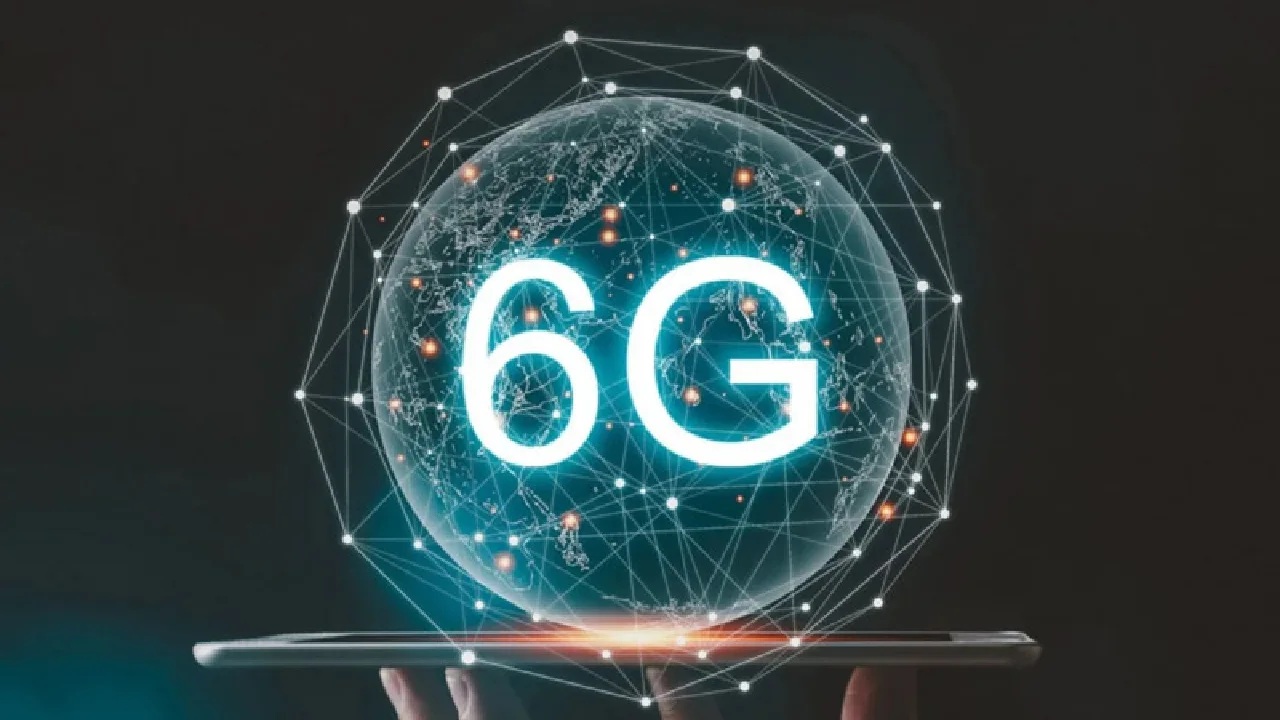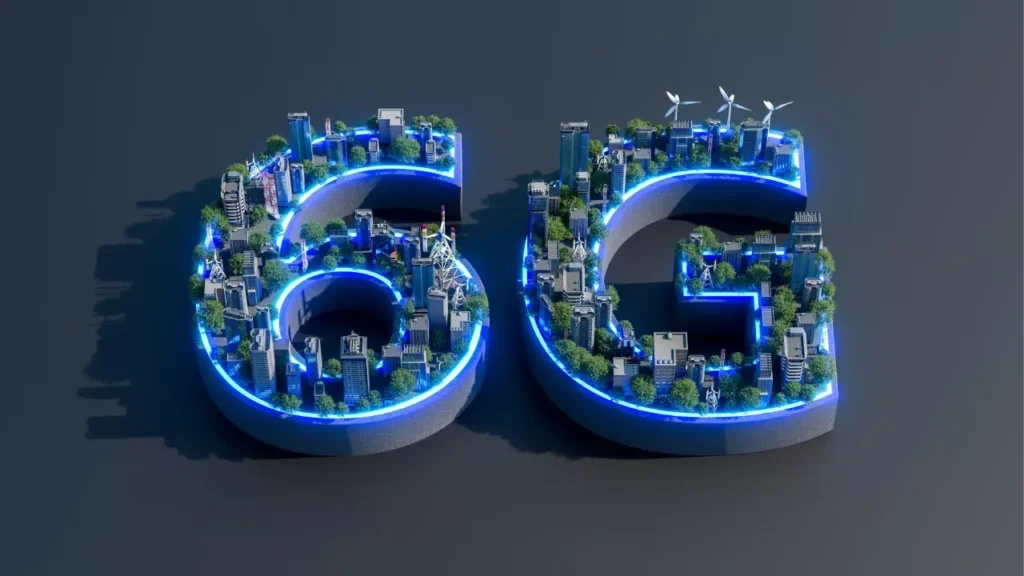Table of Contents
Highlights
- NVIDIA-Nokia AI-RAN Alliance aims to develop AI-native 6G networks, signaling a major leap in global telecom innovation.
- India stands poised to lead this revolution by leveraging its Make in India infrastructure, telecom talent, and AI-readiness.
- AI-RAN and edge computing could transform Indian telecom—boosting connectivity, efficiency, and enabling smart, self-learning networks nationwide.
In a move that could redefine global telecom leadership, NVIDIA and Nokia have announced a $1 billion strategic partnership to pioneer an AI-native platform for 6G networks, signaling a turning point not just for America, but also for nations like India, which are racing to lead the next connectivity revolution.
With NVIDIA’s AI-RAN computing platform and Nokia’s industry muscle, this collaboration is expected to shape the future of mobile infrastructure, from cloud to edge. But as the world gears up for AI-powered 6G, one question looms large for India.
Can the world’s fastest-growing digital economy keep pace with this AI-fueled telecom renaissance?

The Birth of AI-RAN: A Revolution Beyond 5G
NVIDIA’s introduction of the Aerial RAN Computer (ARC-Pro), a 6G-ready AI-accelerated platform, marks the start of what experts are calling the AI-native wireless era. Working with Nokia, the company plans to create networks that learn, sense, and think like intelligence systems – or networks that could run billions of connected devices simultaneously.
For Indian telecommunications operators like Reliance Jio, Airtel, and BSNL, it is simultaneously an opportunity and a challenge. There is the lure of enhanced voice quality, reduced latency, and energy efficiencies, albeit the edge-computing roadmap is substantial.
So how can India’s telecom giants prepare to harness AI-RAN before global rollouts begin?
The Power Shift: From Hardware to Intelligence
Traditional telecom networks are built using hardware and physical systems.
AI-RAN changes this configuration, utilizing intelligence that exists away from the static towers, and incorporates it into an adaptive software-based architecture. Through AI inference at the edge, telecoms can manage data and bandwidth in more dynamic forms, improve coverage in dense cities such as Mumbai or Delhi, and proactively detect potential network failures to prevent them from occurring.

For Digital Bharat, this is a lifeline.
Existing rural connectivity is highly uneven, and affordable data is still a challenge. AI-enabled networks will deliver high-speed connectivity to third-tier and second-tier small towns, which will spur innovation for startups, e-commerce, and telemedicine services.
But does India have the computing infrastructure to fuel such intelligent networks?
AI Meets Infrastructure: Dell’s Role in India’s Future Telecom
Enter Dell Technologies, joining NVIDIA and Nokia to power the next leap.
With PowerEdge servers built for AI scalability and 6G readiness, Dell is making AI-RAN hardware “Make in India” compatible.
This could mean fewer imports, lower costs, and stronger domestic manufacturing, exactly what Indian telecom needs.
This means Indian operators would not just consume AI-powered networks; they can build and export them. Dell’s scalable design ensures low-touch upgrades, vital for cost-sensitive Indian telecoms operating in vast rural geographies.
But even the smartest servers need something more powerful, like data and spectrum readiness. Is India ready for that?

AI at the Edge: Where India’s Data Goldmine Lies
India’s telecom sector owns the most valuable AI real estate, being at the edge. This is where data is created, transmitted, and acted upon. NVIDIA’s Jensen Huang calls it “the digital nervous system of the economy.” For India, where mobile data consumption leads the world, edge AI could become the backbone of everything from smart agriculture to autonomous logistics.
Imagine 6G towers in Pune or Hyderabad that not only transmit data but also process intelligence on-site, reducing latency for real-time AI applications- from drone surveillance to remote healthcare.
But with the surge in AI-generated traffic, can India’s telecom policy and spectrum allocation keep up?
The Policy Question: India’s Path to AI-Native 6G
As global trials begin in 2026 (led by T-Mobile, Nokia, and NVIDIA), India’s Department of Telecommunications (DoT) has already launched 6G Vision 2030, aiming to build indigenous IP and AI-led telecom frameworks. With NVIDIA’s CUDA platform and Nokia’s anyRAN software-defined model, Indian vendors could leapfrog straight from 5G-Advanced to 6G, skipping legacy barriers.
This is where collaboration matters, between government, academia, and private players. AI-RAN’s modular approach allows gradual upgrades, ideal for India’s mixed telecom ecosystem, from dense metros to remote Himalayan villages.

But will private investment flow fast enough to make India a true AI-telecom powerhouse?
Investment & Opportunity: A $200 Billion Frontier
Analyst firm Omdia estimates the AI-RAN market to exceed $200 billion by 2030. NVIDIA’s $1 billion investment in Nokia is just the start; expect a domino effect across semiconductor, data center, and telecom supply chains.
For India, this could unlock a new wave of AI jobs, R&D partnerships, and 6G testing grounds. Indian engineering talent could become pivotal to AI-RAN software development, echoing the IT revolution of the early 2000s.
Yet one last question remains: can India turn opportunity into ownership in the 6G era?
Conclusion
India has always been a massive consumer of connectivity. But the NVIDIA-Nokia alliance opens the door for it to become a creator of next-generation telecom intelligence. The combination of AI, 6G, and edge computing is poised to change how the 1.4 billion Indians will work, learn, and connect over the next decade.
If India can begin making investments in AI infrastructure today, ranging from chip fabrication to open RAN innovation, then it has the opportunity to move from participant to chief architect of the global telecommunications transformation.
As the NVIDIA-Nokia partnership is based in Washington, DC, the real test and opportunity is in India, where demand, data, and ambition intersect.